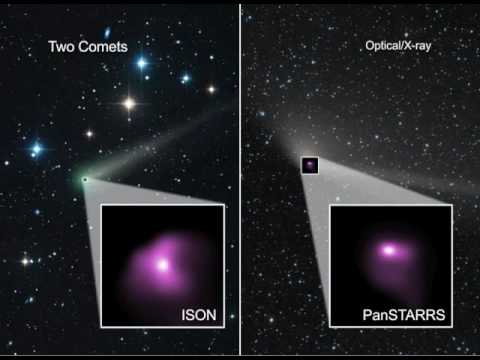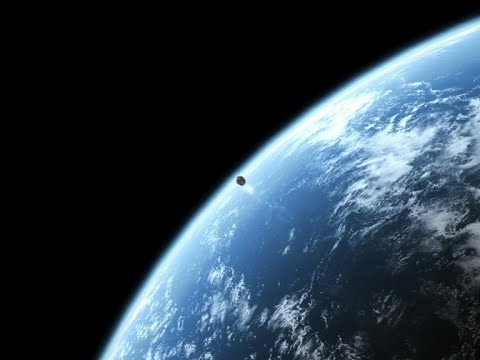The Science Behind Meteor Showers: What Causes This Celestial Phenomenon?
Meteor showers are one of the most mesmerizing and awe-inspiring celestial events that occur in our night sky. These breathtaking displays of shooting stars are a result of debris left behind by comets and asteroids as they travel through our solar system. But what exactly causes these stunning meteor showers to happen? Let’s delve into the science behind this phenomenon.
Meteor showers occur when the Earth passes through the debris trail left behind by a comet or asteroid. Comets are made up of ice, dust, and rocky material, while asteroids are composed of rock and metal. As these celestial bodies journey through space, they leave behind a trail of debris that lingers in their orbit. When the Earth intersects with this debris trail, the particles collide with our atmosphere at high speeds, creating a dazzling display of light in the night sky.
The debris particles, also known as meteoroids, are typically no larger than a grain of sand. However, when they enter the Earth’s atmosphere at speeds of up to 160,000 miles per hour, they create friction with the air molecules, causing them to heat up and vaporize. This process produces the bright streaks of light that we see as shooting stars during a meteor shower.
The intensity of a meteor shower depends on several factors, including the size of the debris particles, the speed at which they enter the atmosphere, and the angle at which they collide with the Earth. The Perseid meteor shower, for example, is one of the most popular and prolific meteor showers of the year, with up to 100 meteors per hour visible during its peak in August. This particular meteor shower is caused by the debris trail left behind by the comet Swift-Tuttle.
While meteor showers are a beautiful spectacle to behold, they also serve a scientific purpose. By studying the composition and trajectory of the meteoroids, scientists can gain valuable insights into the origins and evolution of our solar system. Additionally, meteor showers can help astronomers track the movements of comets and asteroids, potentially identifying any potential threats to Earth from these celestial bodies.
In conclusion, meteor showers are a stunning display of nature’s beauty and a reminder of the dynamic and ever-changing universe in which we live. The next time you find yourself gazing up at the night sky during a meteor shower, take a moment to appreciate the science behind this celestial phenomenon and the wonders of our cosmos.













